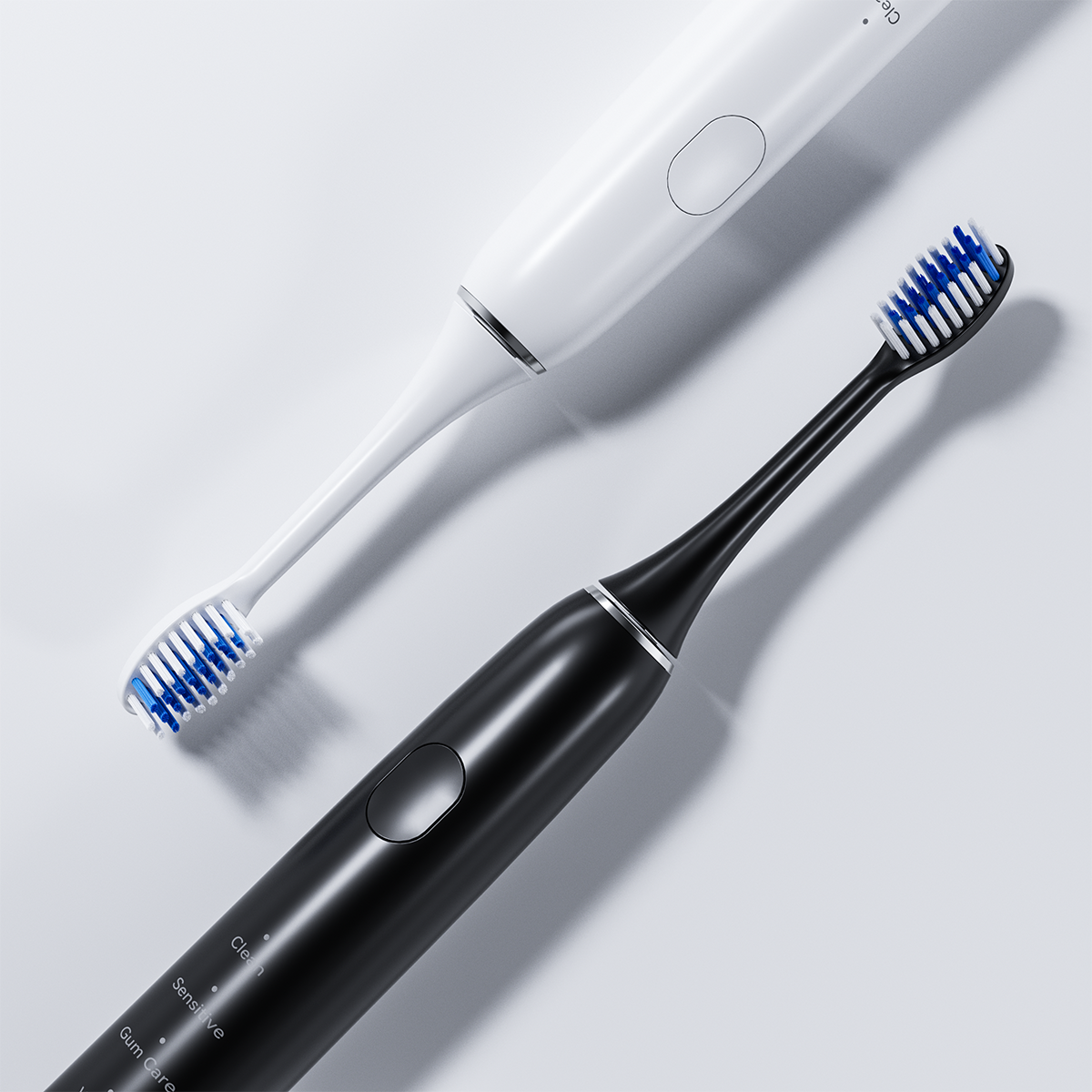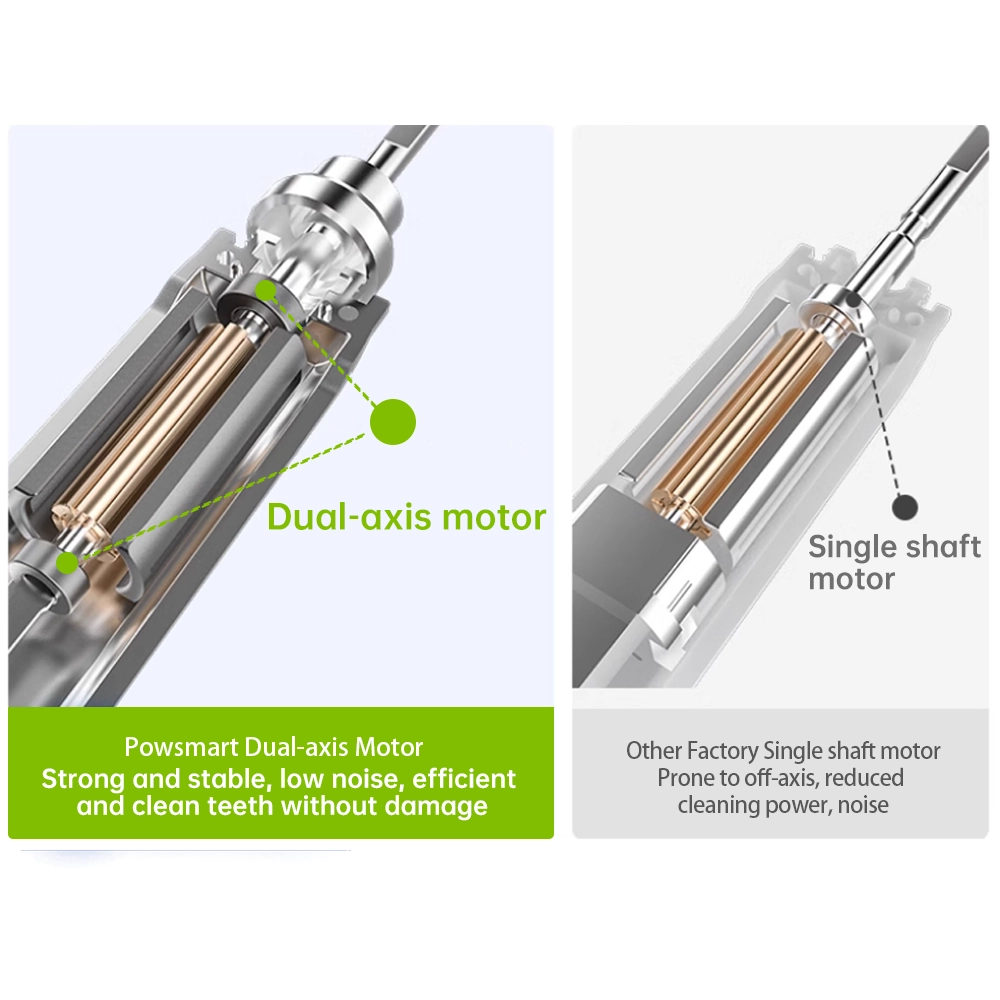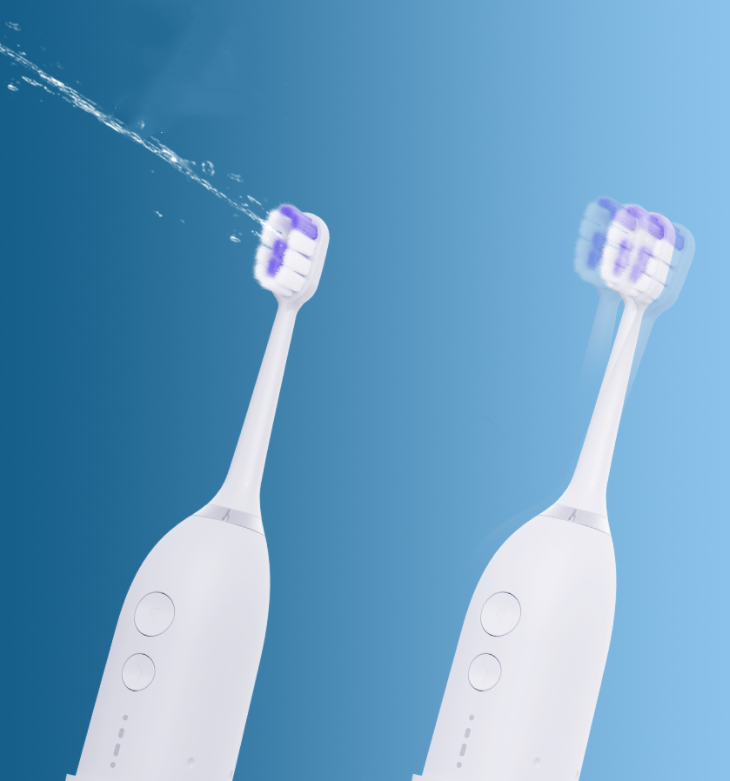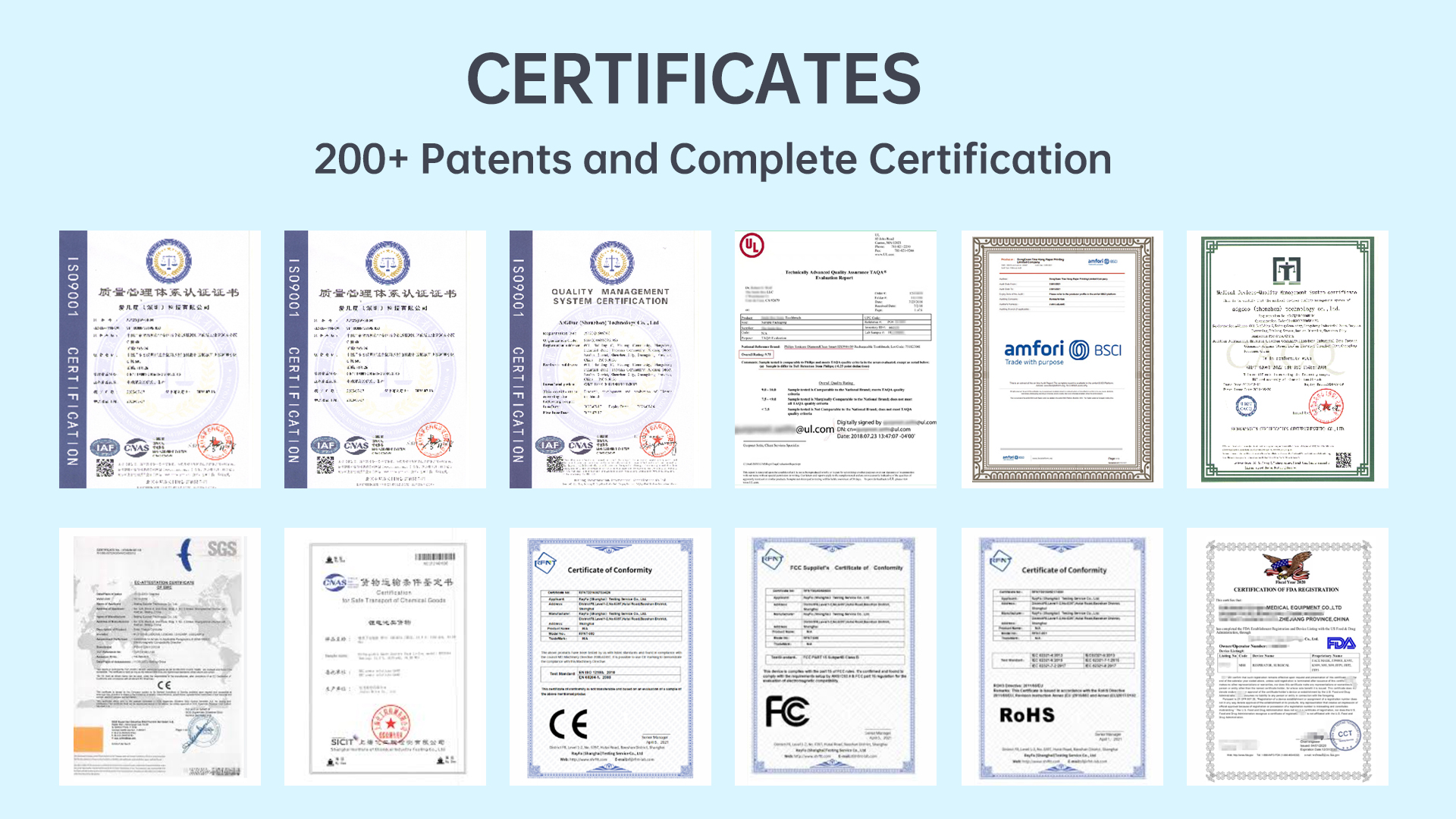For manufacturers and brands in the oral care industry, customer complaints about Gum Bleeding caused by Enamel Scratches are no longer rare. With the rise of sonic toothbrushes, water flossers, and dental devices, users are increasingly sensitive to oral discomfort and damage. But does this mean manufacturers or OEM/ODM suppliers need to panic? This article explores how Enamel Scratches occur, why they trigger Gum Bleeding, and what design or material flaws may be the root cause—especially in products intended for daily use.
While enamel and gum tissue are distinct, their health is closely interrelated. Enamel Scratches—even micro-level ones—can lead to sharp edges or rough surfaces on toothbrush bristles or flossing nozzles. When such compromised surfaces come in contact with sensitive gum tissue, Gum Bleeding can easily result. This risk becomes higher in products where bristle quality, nozzle coating, or polishing processes are insufficiently controlled.
Moreover, once enamel is scratched, the underlying tooth structure may become more prone to bacterial retention, leading to localized gum inflammation—another indirect cause of Gum Bleeding.
Several hidden design or material flaws in oral care products can cause unintended Enamel Scratches:
Such issues not only affect enamel integrity but also create conditions where Gum Bleeding becomes frequent for users, especially those with sensitive gums.Company web:https://www.powsmart.com/product/electric-toothbrush/
It is easy to blame consumers for poor brushing technique or misuse of water flossers. However, repeated cases of Enamel Scratches and Gum Bleeding often trace back to:
For B2B manufacturers, this means that product design responsibility must include consideration of possible end-user errors.
When end-users experience Gum Bleeding from a newly purchased device, the result is rarely a quiet acceptance. Negative reviews, warranty claims, and even regulatory complaints may follow. In an era where dental health is closely monitored by consumers, any link between Enamel Scratches and Gum Bleeding can severely damage brand credibility.
This risk is amplified in export markets such as the EU and US, where consumer protection bodies scrutinize oral care product claims and defect rates.
Manufacturers can adopt a number of proactive measures to reduce these risks:
While Gum Bleeding from Enamel Scratches is cause for concern, it is not a reason for manufacturers to panic—if they take decisive quality control and design improvement steps. OEM/ODM providers should treat this risk as a chance to upgrade product safety and win trust from dental professionals .
Early detection, strict materials selection. And thoughtful product engineering are the keys to preventing enamel-related injuries.
.jpg)
.jpg)

Is Stain Removal Rotating Brush’s Motor Corrosion a Hidden Problem?
-2-scaled.png)
Does 3D Rotation Oscillation Brush Trigger Sensor Failure?

Magnetic Levitation Toothbrush Factory: Premium OEM Services

Magnetic Levitation Motor Toothbrush Technology Explained
How to Fix Charging Failure Plus Handle Cracking?

Is High-Frequency Vibration Harmful to Gums?
Contact POWSMART

How Does the Powsmart Kids Toothbrush with Fun Timer Toothbrush Engage Through Games?

IPX7 Waterproof Electric Toothbrush Manufacturing for Kids & Adults

What Are the Advantages of Cooperating with FDA certificated factories?
Allergic Reactions and Taste Alteration – Whitening’s Hidden Cost?

Electric Toothbrush + Water Flosser Combination: How Can Brand Owners Enhance Competitiveness Through This Bundle?

All-in-One Family Toothbrush Solution

Four Core Factors Brand Owners Must Pay Attention to When Choosing Competitive Water Flossers

Top OEM Electric Toothbrush Manufacturer for Kids – Powsmart
Can Smart Timer Improve Brushing Compliance?

electric toothbrush heads Deep Clean

electric toothbrush heads Charcoal Infuse-Round

electric toothbrush heads Ultra Soft

Private Label Whitening Gel

Electric toothbrush heads Charcoal Infused-Diamond

electric toothbrush heads Regular Clean

Customization Teeth Whitening Gel
.jpg)
Florida Electric Toothbrush – Powsmart PTR-C8
whstapp
whstapp
National Toll-Free Service Hotline
+86 755 86238638